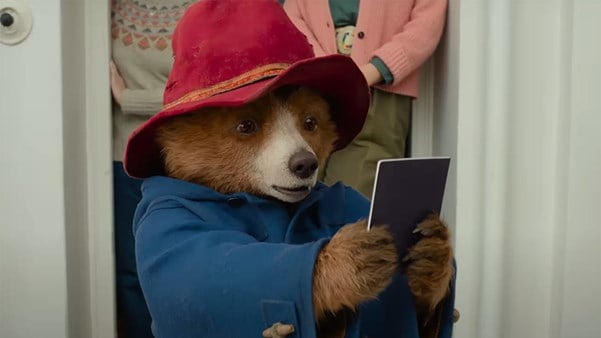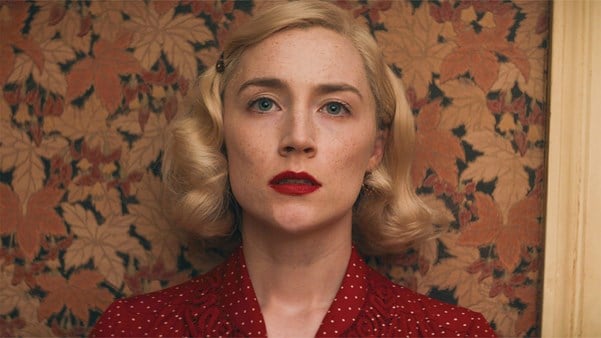As Wicked arrives in cinemas, Billie Walker explores changing cultural depictions of witches, tracing how the disobedience of these once persecuted figures has been reclaimed as morally courageous rule-flouting.

‘Are you a good witch or a bad witch?’ Glenda (Billie Burke) asks Dorothy (Judy Garland) in Victor Fleming’s The Wizard of Oz (1939). For Dorothy, who isn’t a witch at all, it feels like a loaded question, but in the Land of Oz magic is a given: you just have to decide which side you’re on. Jon M Chu’s movie adaptation of the hit Broadway musical Wicked, a prequel to Fleming’s Technicolor classic, returns to Oz, where animals can talk and sorcery is practised among selected students. Following Elphaba (Cynthia Erivo), whose green skin makes her stand out even in this magical kingdom, Wicked tells the story of how this once ambitious student earned the moniker the Wicked Witch of the West.
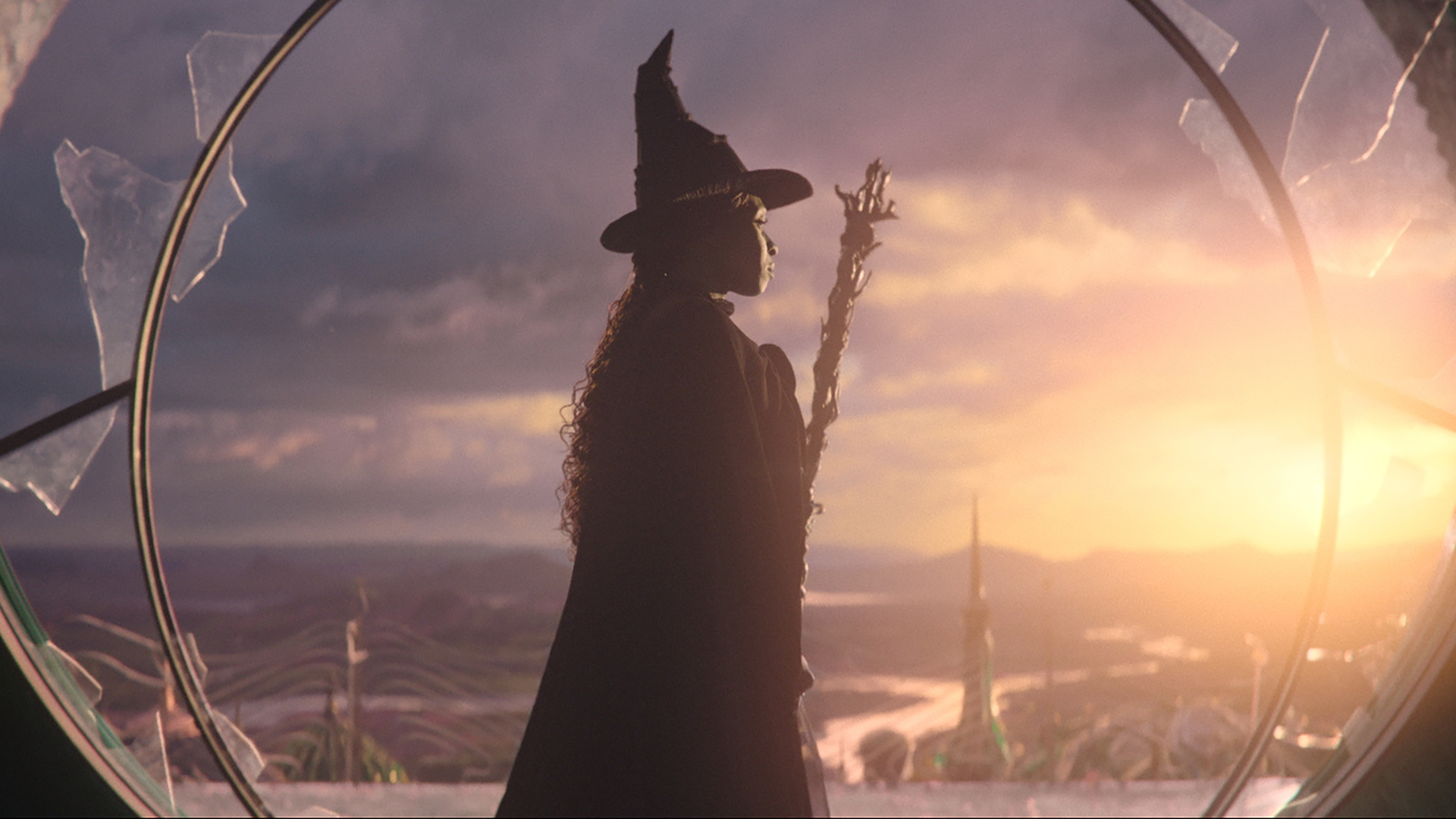
Glinda, originally from the L Frank Baum Oz novels, was the first presentation in popular media of a good witch, designed to counteract the crone-like depictions that dominated. However, her existence did have some unwelcome repercussions. In Elizabeth Sankey’s documentary Witches (2024) – which explores the portrayal of witches in connection with women’s mental health and particularly postpartum depression – this good witch exemplifies the societal pressures exerted on women. One can either, like Glinda, ooze pure altruism from every pore or, like Elphaba, become the definition of evil. Sankey likens this to the expectation placed on mothers to be inherently selfless, demonstrating through her own testimony and that of others how the image of the good mother negatively impacts those struggling with their mental health while childrearing.
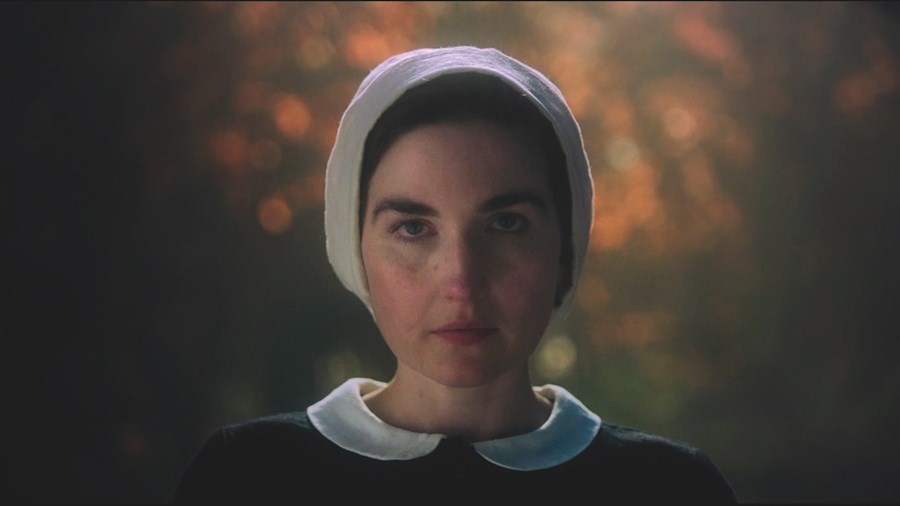
Witches (2024)
A witch’s goodness is defined in Oz by what she does for others. Glinda is an exemplary pillar of the community, an ideal wrapped in bubblegum pink for citizens to follow. But many cultural depictions of witches are more concerned with dismantling society than upholding it. Such is the case of She Will (2021), Charlotte Colbert’s horror film revisiting the execution site of Scotland’s last witch: Janet Horne. After a double mastectomy, ageing film star Veronica (Alice Krige) heads to a retreat and finds herself affected by the spirits that haunt the land. It’s through the long dead witches that Veronica reconnects to her body and seeks revenge on those who caused her separation from her physical self. Colbert’s debut succeeds in reappraising the image of the witch, turning the would-be hag into a beacon of late-stage sexual empowerment.

The Witch (2015)
Although a well intentioned creation, the good witch runs counter to the witch’s typical modus operandi: rebelling against society’s shackles. Robert Eggers’ The Witch (2015), set in 17th-century New England, is a prime example. The accused Thomasin (Anya Taylor-Joy) is simply a young girl stuck in an oppressive family, blamed for the failing crops and bleak winter conditions. She is offered a chance to escape the puritanical restraints on her life and be free. Much like Thomasin, the orphan child Shula (Maggie Mulubwa) must make a choice in Rungano Nyoni’s I Am Not A Witch (2017). Hers is not between hedonism and piety, but to join the witch camp that travels around Zambia or be cursed to live her life as a goat. Nyoni’s debut, based on modern-day witch camps, highlights how superstition is exploited to enslave women and children. Today’s depictions of witches favour moral ambiguity over righteousness, choosing instead to highlight the misogynistic violence at the heart of society, and the witch’s (or condemned individual’s) right to live on their terms.

I Am Not a Witch (2017)
Wicked similarly aims to explore the nuance of good and evil, asking whether evil is born or created, while picking apart what goodness means and who defines it. Through Glinda (Ariana Grande) and Elphaba, we see many contradictions. Glinda’s goodness is assumed thanks to her glowing disposition and performative acts of goodwill, given easily because of her privilege and power. Elphaba’s moral choices, on the other hand, are mainly conducted in private and are therefore unknown to many. Furthermore, her defensive nature makes her offputting and readily ostracised. The student body of Shiz University – that both witches attend – becomes a microcosm for the population of Oz, foreshadowing how easily Elphaba’s ‘innate’ wickedness will be believed.
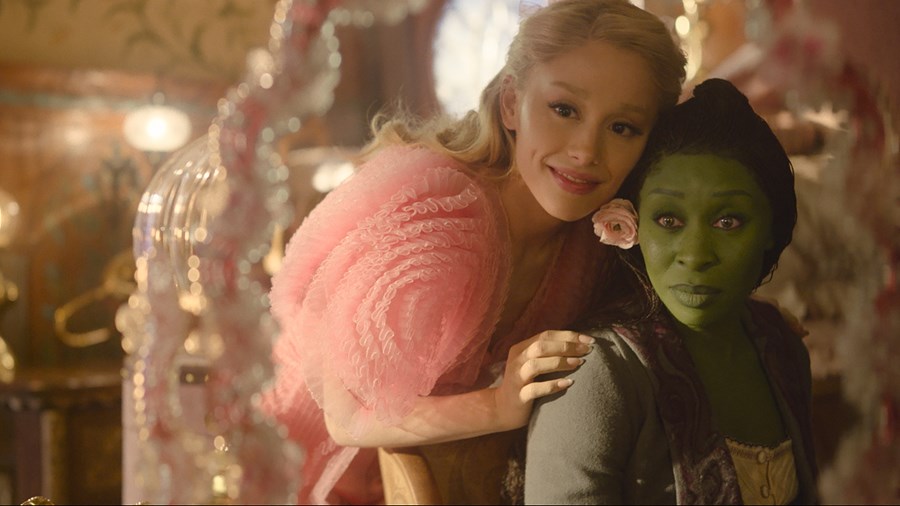
Wicked (2024)
As well as creating magical worlds, contemporary YA novelists, comic-book artists and showrunners have built magical institutions such as Hogwarts (Harry Potter, 1997-2007), Miss Cackle’s Academy (The Worst Witch, 1974-2018), the Academy of Unseen Arts (Chilling Adventures of Sabrina, 2018-2020) and Nevermore Academy (Wednesday, 2022-). In this boom, witchcraft is no longer prosecuted – it’s an academic fantasy. In many of these works, the school’s moral virtue goes unquestioned, but just as Wicked insists on digging into the difference between perceived goodness and actual morality, Chilling Adventures of Sabrina critiques both its depicted educational institutions as a means of shedding light on our own.
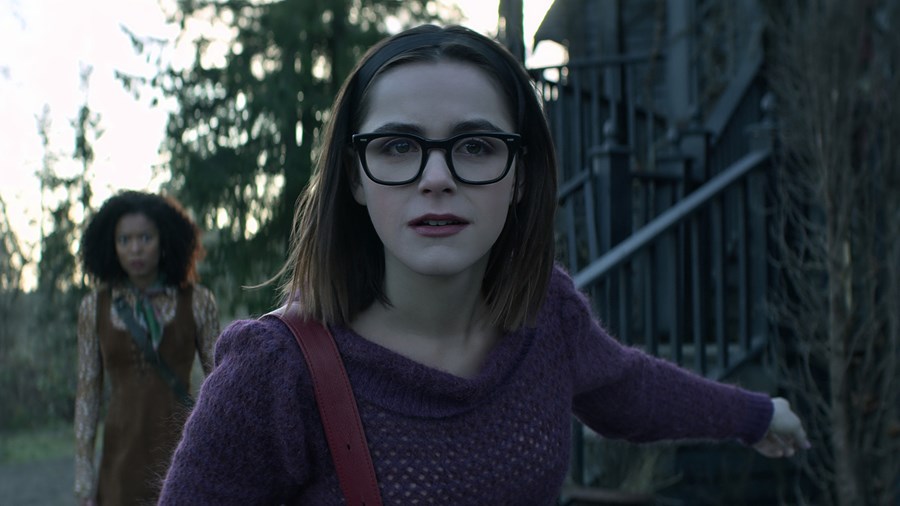
Chilling Adventures of Sabrina (2018-2020)
Sabrina (Kiernan Shipka) takes pains to live her life normally, attending high school by day and a sorcery academy by night. She finds fault with both. At her average American high school, Sabrina and her classmates found WICCA (Women’s Intersectional Cultural and Creative Association) to speak for the marginalised students – including her Black friend Ros (Jaz Sinclair) and non-binary Theo (Lachlan Watson) – whom the school is failing to protect. This initiative is peer to peer, springing up due to institutional shortcomings. At the Academy of Unseen Arts, the threat to the students’ way of life comes in the form of Father Blackwood (Richard Coyle), who sees himself as a Satanic traditionalist, aiming to bring back barbaric rituals and enforce male supremacy.
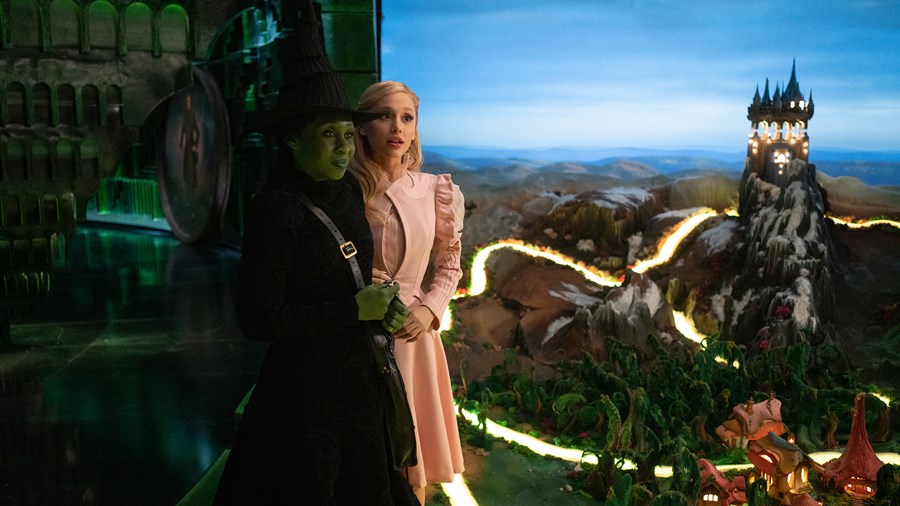
Wicked (2024)
To what extent the show succeeds in its depiction of Sabrina as the intersectional feminist ally and defender of liberal ideals is up for debate, but encouraging young audiences to question educational institutions – whether fantastical or not – is preferable to blind obedience. It’s a sentiment that Wicked shares. When Elphaba arrives at Shiz University, it’s her naive optimism for societal advancement, rather than her green skin, that’s most apparent. She is a gifted witch who longs to meet the Wizard; and yet her ambitions change when she realises that all is not well in Oz.
Cultural depictions of witches differ wildly depending on their historical or fantastical roots, but one trope persists: the witch must make a decision. She is forced to choose between societal values and her own. Wicked may have come from the binary morality of L Frank Baum’s world, but the musical adaptation goes beyond these limited depictions to join the ranks of witch cinema in asking who we cast as the villain.
WATCH WICKED IN CINEMAS



